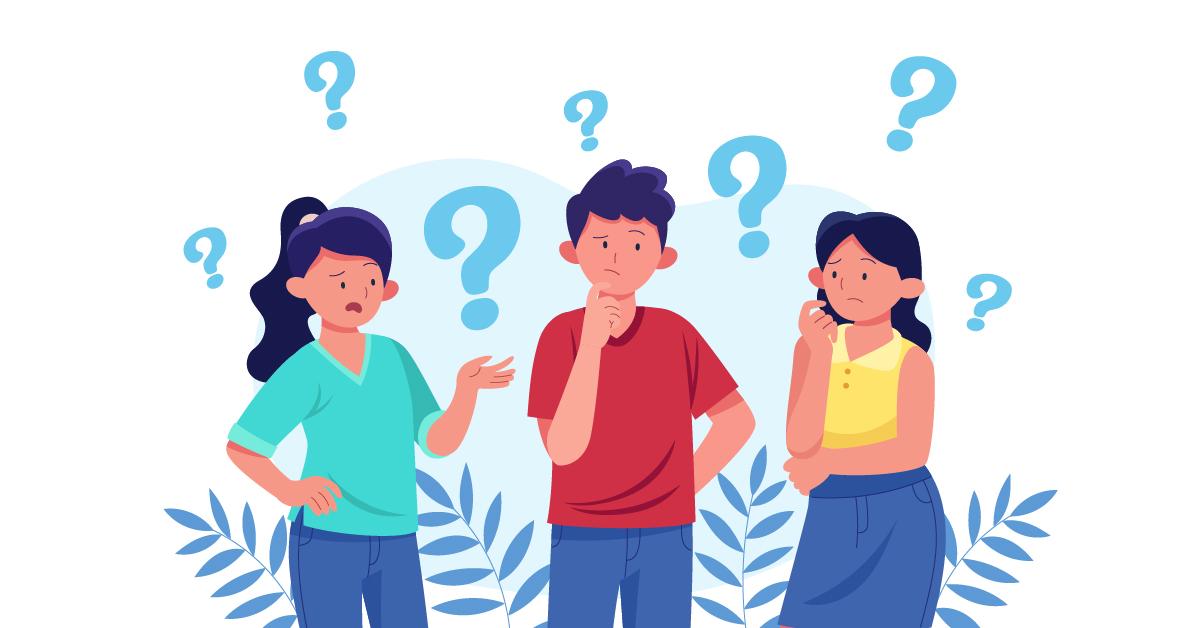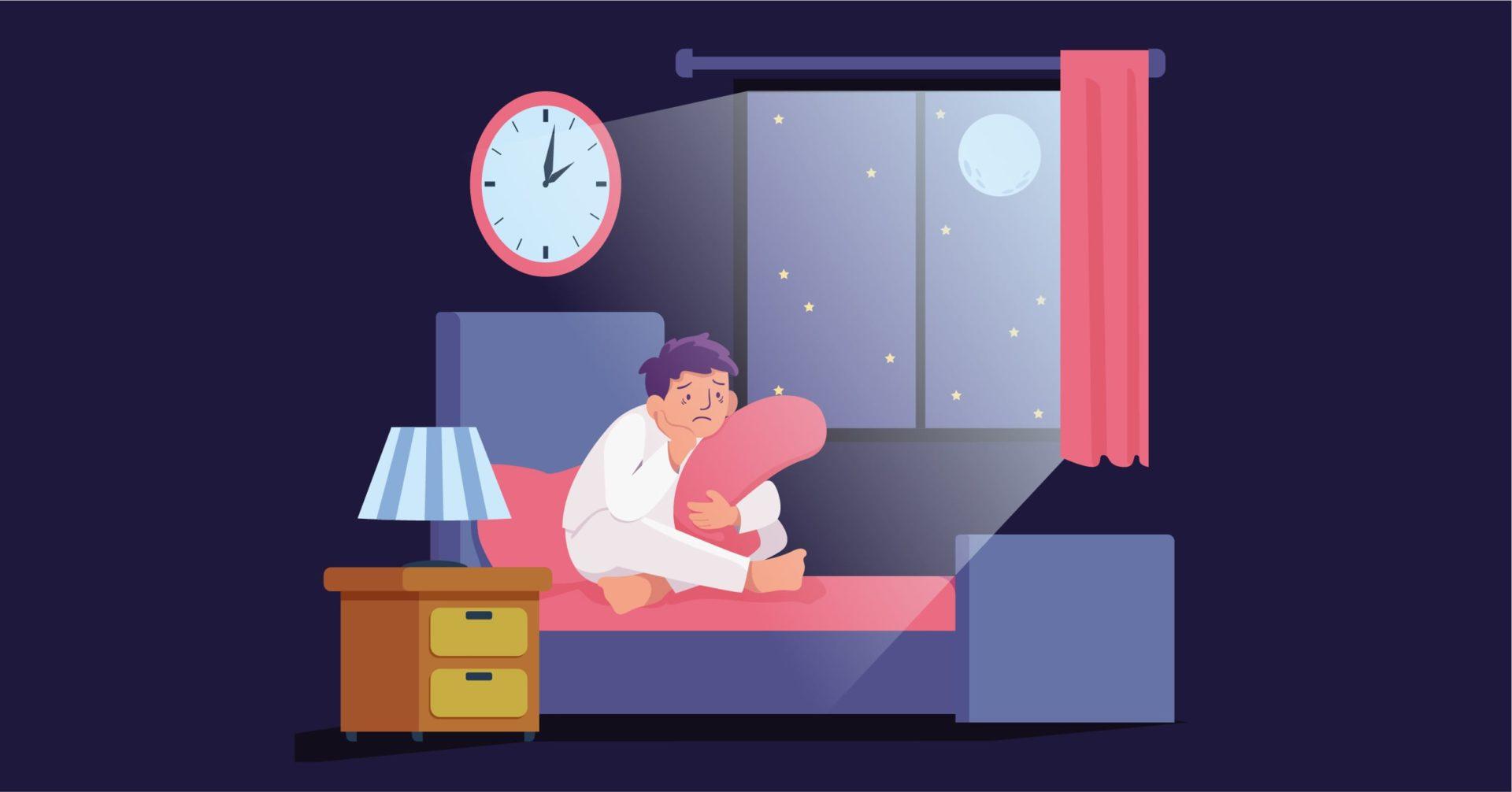Overview
Obstructive Sleep Apnea Hypopnea is a common sleep disorder related to breathing, characterised by repeated halts in breathing activity during the sleep cycle. The manifestation of the disorder often leads to tiredness even after sleep, as well as excessive daytime sleepiness.
This may lead to functional consequences such as accidents at the workplace and motor accidents, increasing chances of injury or mortality.
The disorder is more prevalent among males, and male sex is considered to be a significant risk factor for the disorder along with obesity. The occurrence of Obstructive Sleep Apnea Hypopnea is often attributed to a combination of genetic, anatomical, and hormonal factors.
The disorder is linked to significant morbidity and mortality, acting as a risk factor for numerous health conditions.
The treatment of Obstructive Sleep Apnea Hypopnea is determined by the severity of symptoms, which may range from mild, to moderate, to severe.
Mild symptoms are often handled through lifestyle modification, while moderate to severe symptoms may require the use of a CPAP (Central Positive Airway Passage) machine, oral appliances, or surgical methods.
Signs and Symptoms
The signs and symptoms of Obstructive Sleep Apnea Hypopnea may include:
- Excessive sleepiness during the day
- Headaches in the morning
- Being unrefreshed even after sleep
- Difficulty concentrating
- Waking up frequently in the middle of the night to urinate
- Loud snoring
- Breathing problems while asleep
- Asphyxiation (choking) while asleep
- Heartburn
- Dryness of the mouth
- Hypertension
- Insomnia
- Sexual dysfunction
Risk Factors
There is a male preponderance in the prevalence of Obstructive Sleep Apnea Hypopnea, which also appears to increase with age. Older age is associated with a greater prevalence of the disorder, though sex-based differences decline with increased age.
This may be attributable to menopause in women, as menopausal women experience sleep apnea more often than premenopausal women, outlining the possibility of hormonal risk factors. Among premenopausal women, the occurrence of Polycystic Ovarian Syndrome has been linked to a higher prevalence of the disorder.
An interaction of genetic, anatomical, physiological, and hormonal factors may be responsible for the occurrence of Obstructive Sleep Apnea Hypopnea. Shared familial factors, and the presence of the disorder among first-degree relatives has been associated with an increased risk of the disorder.
Obesity is a vital correlate associated with the risk of Obstructive Sleep Apnea Hypopnea, with approximately 70% of diagnosed individuals reportedly being obese.
Visceral obesity, or the development of fat around the centre of the body is significantly associated with the occurrence of the disorder.
Higher neck circumference has been speculated to be linked to deposits of soft tissue adjacent to the upper airways, thereby acting as a causal factor in the development of Obstructive Sleep Apnea Hypopnea.
The narrowing of upper airways is also observable in conditions such as acromegaly, Down’s syndrome, hypothyroidism, and other genetic syndromes, which may in turn be associated with the manifestation of sleep apnea symptoms.
Anatomical abnormalities, namely those in the bone structure of the skull, delayed development of the jaw, and a high and narrow roof of the mouth (high-arched palate), may lead to narrowing of the upper airways associated with Obstructive Sleep Apnea Hypopnea.
Factors such as alcohol use, substance use, and smoking may also be associated with the disorder.
The occurrence of Obstructive Sleep Apnea Hypopnea is associated with significant morbidity and mortality. There is an increased risk of hypertension, coronary artery disease, heart-related issues, and diabetes linked to the disorder.
The disorder also commonly co-occurs with medical or neurological disorders such as Parkinson’s. The disorder has also been linked with symptoms of depression.
Diagnosis
The diagnostic process of Obstructive Sleep Apnea Hypopnea is based on a combination of clinical assessment and physical laboratory testing.
Polysomnography, a procedure in which a complete evaluation of factors such as oxygen levels, muscle movement, optical movement, heart rate, and so on, is carried out. Sound meters may also be involved in order to detect snoring.
While neurophysiological recording is recommended, centres may conduct limited testing involving the assessment of oxygen and respiratory activity overnight.
The Epworth Sleepiness Scale may also be administered to individuals.
The DSM-5 highlights the following diagnostic criteria for Obstructive Sleep Apnea Hypopnea:
Either (1) or (2):
1. Evidence by polysomnography of at least five obstructive apneas or hypopneas per hour of sleep and either of the following sleep symptoms:
- Nocturnal breathing disturbances: snoring, snorting/gasping, or breathing pauses during sleep.
- Daytime sleepiness, fatigue, or unrefreshing sleep despite sufficient opportunities to sleep that is not better explained by another mental disorder (including asleep disorder) and is not attributable to another medical condition.
2. Evidence by polysomnography of 15 or more obstructive apneas and/or hypopneas per hour of sleep regardless of accompanying symptoms.
A diagnosis of Obstructive Sleep Apnea Hypopnea may also be specified on the basis of severity, ranging from mild to severe.
Treatment
The treatment of Obstructive Sleep Apnea Hypopnea is largely dependent on the severity and functional consequences of the manifestation of the disorder.
In mild cases, lifestyle changes may be implemented in order to alleviate symptoms. Symptoms of Obstructive Sleep Apnea Hypopnea may be manageable through the targeted reversal of certain risk factors that may be associated with their manifestation.
This may include cessation of smoking and alcohol use, controlling medication, controlling substance use, and weight loss. Sleep-related lifestyle modifications, including avoiding sleep deprivation and controlling sleeping positions may also be implemented.
More severe cases of Obstructive Sleep Apnea Hypopnea may require the use of a CPAP (Central Positive Airway Pressure) machine.
The machine supports the airways by supplying air pressure artificially, and can lead to benefits such as improved quality of sleep and improved blood pressure, as well as factors such as alleviated mood, vigilance, and cognition.
Since treatment via CPAP machine is a long-term mode of management, adequate follow-ups should be taken in order to assess the patient’s symptoms and level of comfort.
Apart from the use of a CPAP machines, the use of oral appliances or other devices may be implemented. In some cases, surgical methods such as a uvulopalatopharyngoplasty, which involves the removal of mouth and throat tissue, may be considered. Other surgical methods may involve the use of implants, surgical repositioning of the jaw, or a tracheostomy, which creates artificial airways to facilitate air passage.
As Obstructive Sleep Apnea Hypopnea is a chronic condition, adequately educating the patient about the disorder and its implications is of utmost importance.
Differential Diagnosis
1. Primary snoring and other sleep disorders: Individuals with obstructive sleep apnea hypopnea must be differentiated from individuals with primary snoring. Individuals with obstructive sleep apnea hypopnea may additionally report nocturnal gasping and choking. The presence of sleepiness or other daytime symptoms not explained by other etiologies suggests the diagnosis of obstructive sleep apnea hypopnea.
2. Insomnia disorder: For individuals complaining of difficulty initiating or maintaining sleep or early-morning awakenings, insomnia disorder can be differentiated from obstructive sleep apnea hypopnea by the absence of snoring and the absence of the history, signs, and symptoms characteristic of obstructive sleep apnea hypopnea.
3. Panic attacks: Night time panic attacks may include symptoms of gasping or choking during sleep that may be difficult to distinguish clinically from obstructive sleep apnea hypopnea. However, the lower frequency of episodes, intense autonomic arousal, and lack of excessive sleepiness differentiate night time panic attacks from obstructive sleep apnea hypopnea.
4. Attention-deficit/hyperactivity disorder: Attention-deficit/hyperactivity disorder in children may include symptoms of inattention and academic impairment, hyperactivity, all of which may also be symptoms of childhood obstructive sleep apnea hypopnea. The presence of other symptoms and signs of childhood obstructive sleep apnea hypopnea would suggest the presence of obstructive sleep apnea hypopnea.
5. Substance/medication-induced insomnia or hypersomnia: Substance use and substance withdrawal can produce insomnia or hypersomnia. A careful history is usually sufficient to identify the relevant substance/medication, and follow-up shows improvement of the sleep disturbance after discontinuation of the substance/medication.
Comorbidity
Systemic hypertension, coronary artery disease, heart failure, stroke, diabetes, and depression are consistently associated with obstructive sleep apnea hypopnea.
Specialist
Symptoms of Obstructive Sleep Apnea Hypopnea are likely to be reported to and recognized by primary healthcare providers.
Appropriate assessment and testing may be carried out by otolaryngologists or sleep specialists. Psychiatrists or clinical psychologists may also be involved in the assessment of the disorder when occurring with comorbid mental disorders.
In Conclusion
The prevalence of obstructive sleep apnea-hypopnea syndrome, has increased over the past 50 years. It has high morbidity and mortality because of the risks it poses.
The patient’s bed companion should be asked for a collateral history. Observed apneas that are ended by snorts or gasps and reports of persistent, socially disruptive snoring improve diagnostic precision.
The onset of tiredness may be so subtle that the patient is unaware of its progression, and the ailment is typically brought on by a prolonged lack of quality sleep.
Get in touch with Ananda’s experts and start your journey to a healthier sleep cycle.





